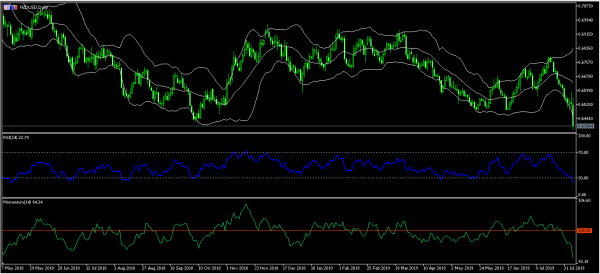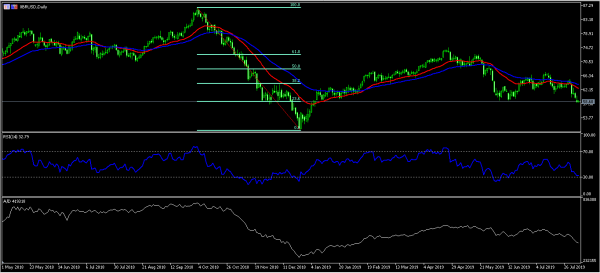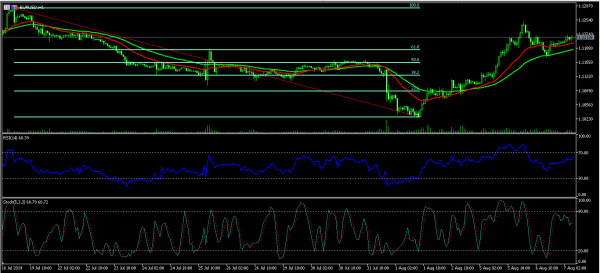The New Zealand dollar fell sharply after the central bank lowered interest rates by 50-basis points to 1.00%. This was a sharper cut than the 25-basis points that investors were expecting. The central bank attributed the interest cut to the ongoing uncertainties in the market about global trade. Jacinda Arden, the country’s Prime Minister, welcomed the rate cut saying that it will help improve home ownership. Indeed, the four major banks slashed mortgage rates shortly after the rate cut was announced. The Australian dollar too moved sharply lower after the announcement.
The price of crude oil declined today as investors continued to worry about demand. They believe that the ongoing trade war between the US and China will affect demand. This is mostly because of the huge differences between the US and China. Donald Trump is said to be serious about tariffs while China’s Xi believes it is in the interest of the country not to give in to Trump. Late yesterday, data from the American Petroleum Institute (API) showed that inventories declined by more than 3.4 million barrels in the past week. Today, investors expect data to show that inventories declined by 2.8 million barrels.
Later today, investors will receive the interest rate decision from India, where the central bank is expected to slash rates by 25 basis points to 5.50%. In France, the trade office will release the export and import data for the month of June. From Germany, they will receive the industrial production and, in the UK, they will receive the house price index. From Canada, the market will receive the Ivey PMI data that is expected to show a slight increase.
EUR/USD
The EUR/USD pair rose in overnight trading and is currently trading at 1.1210. This price is higher than yesterday’s low of 1.1167 and slightly lower than the week’s high of 1.1250. The price is above the 61.8% Fibonacci Retracement level. It is also slightly above the 25-day (red) and 50-day (green) moving averages. The 14-day RSI has also moved slightly higher and has reached a high of 58. The main and signal lines of the Stochastic indicator have started moving lower, which is a sign of divergence. If the upward trend continues, the pair will likely test the important resistance of 1.1290. If it moves lower, the pair will likely test the 61.8% Fibonacci level and the 50-day EMA level of 1.1190.
NZD/USD
The NZD/USD pair has been on a downward trend since Wednesday last week. Today, the pair declined sharply after the decision by the central bank to cut interest rates. It reached a low of 0.6377, which was the lowest level since February 2016. On the daily chart below, the price is along the lower line of the 20-period Bollinger Bands while the 14-day RSI has moved deeper into the oversold zone. The price is below all the short, medium, and long-term moving averages. The momentum indicator has continued moving lower as shown below. The pair will likely continue moving lower to test the 63 cents level.
XBR/USD
The XBR/USD pair declined to a low of 58.25, which was the lowest level since January this year. On the daily chart, the pair’s current price of 58.60 is along the 23.6% Fibonacci Retracement level. The price is also below the 50-day (blue) and the 25-day (red) exponential moving averages. The 14-day RSI is slightly above the oversold level of 30 while the accumulation/distribution indicator is moving lower. Today, the likely scenario is that the pair will cross the important support of 58.50 and continue moving lower. The alternate scenario is where the pair moves higher to above 59.00.













